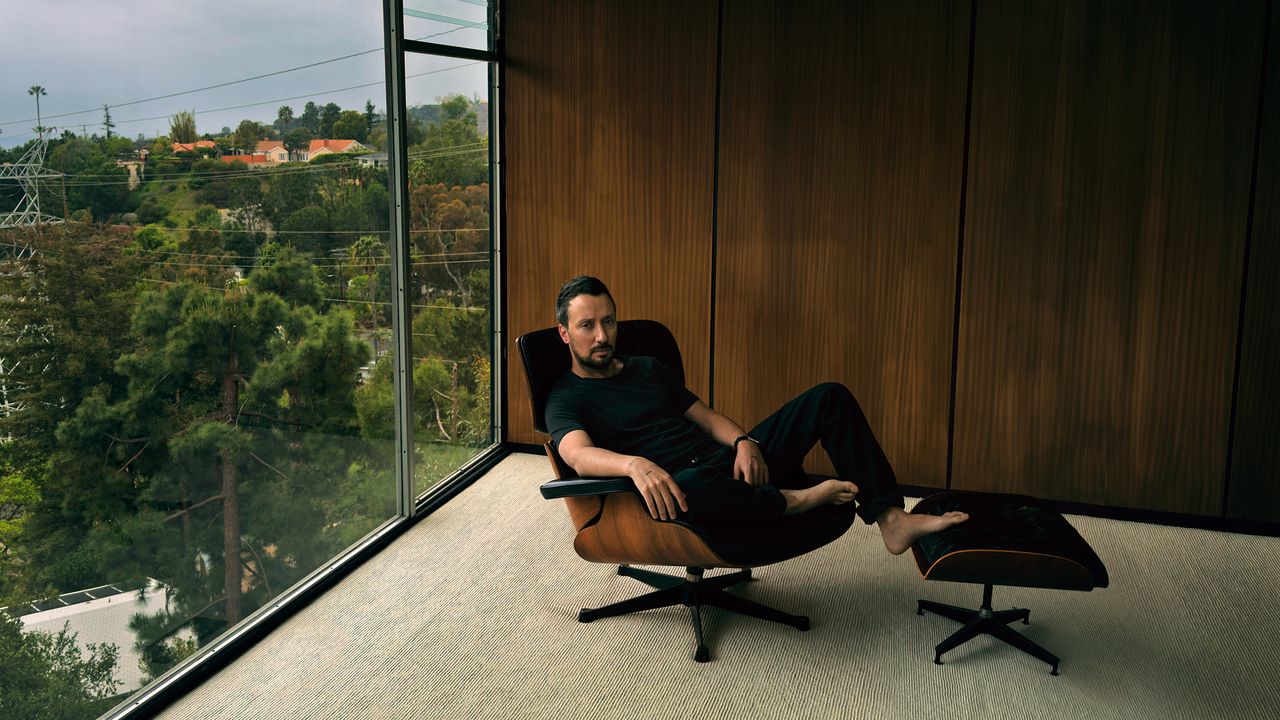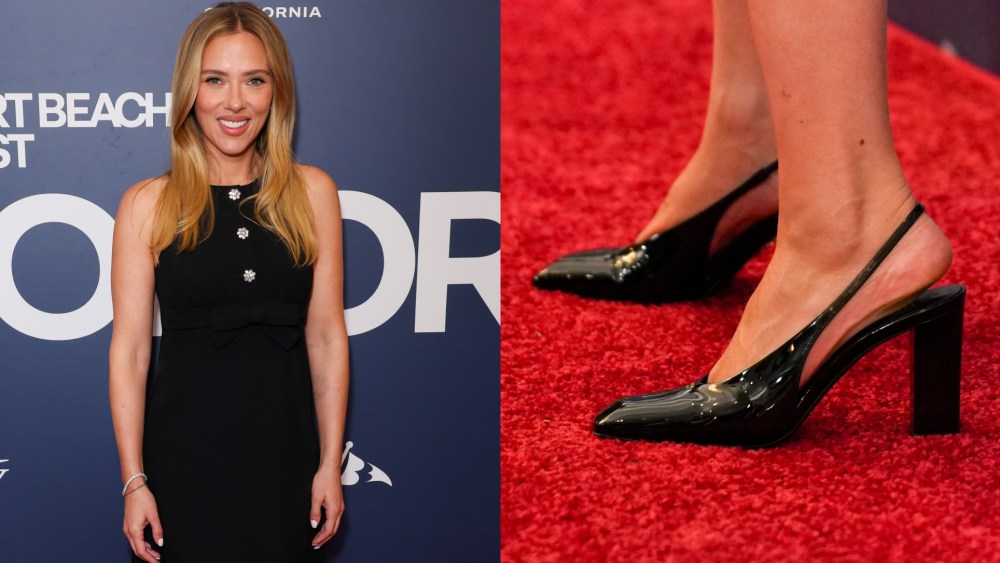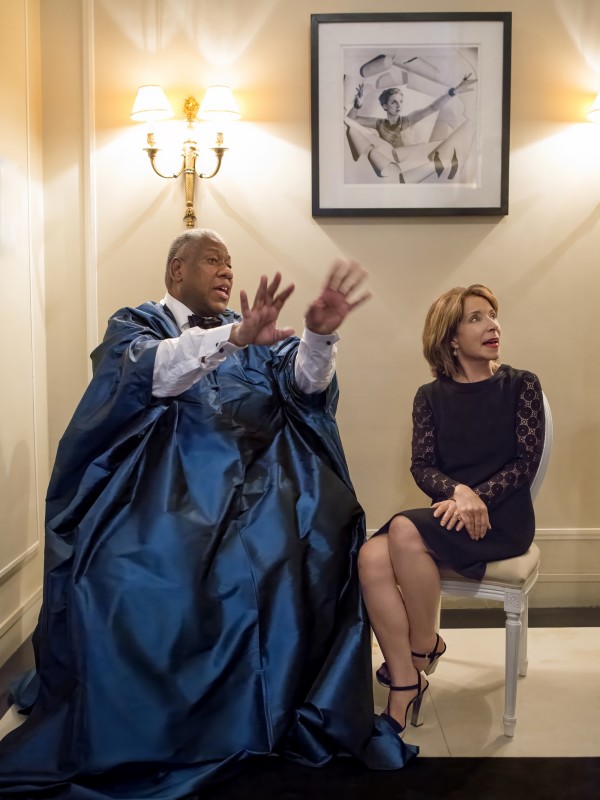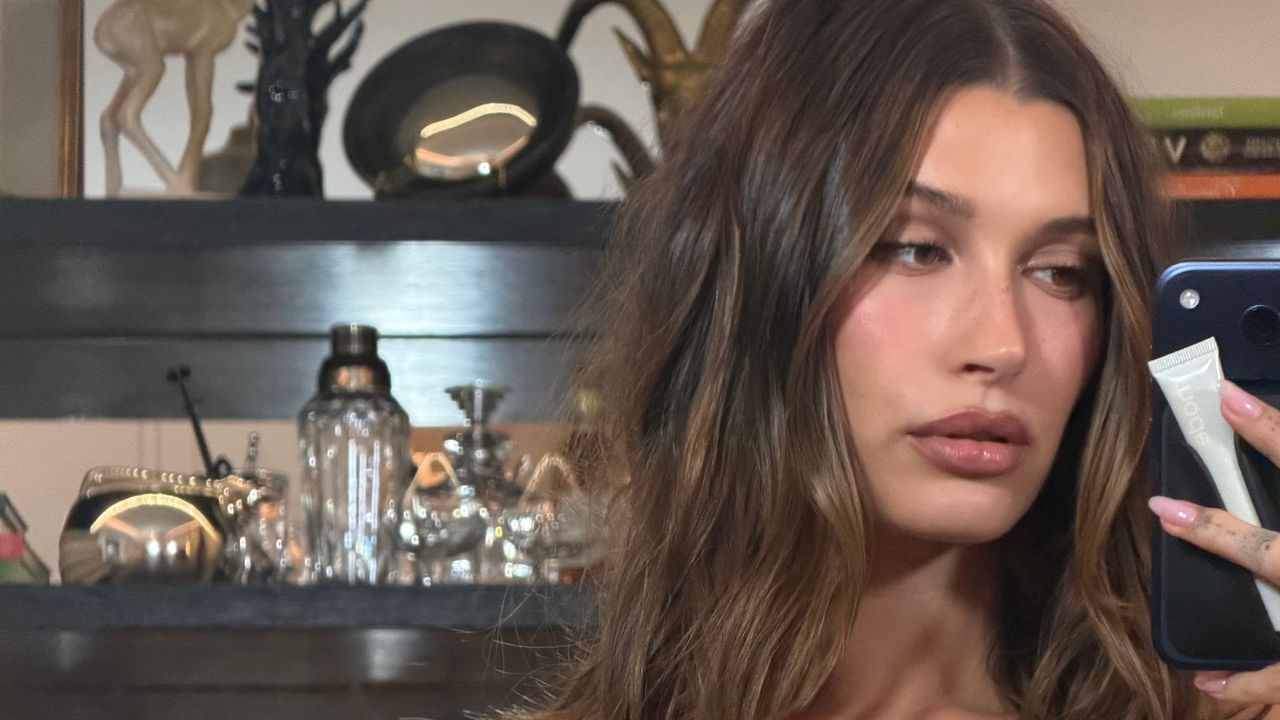
“They know their bodies, they know which piece to buy to not look ridiculous, not follow the trend,” he says. “I’m more inspired by those women. I’m not obsessed with youth. If the product is right, they will come too. But I’m not doing things to excite them.” Though he has not reopened the couture atelier at Saint Laurent—yet—Vaccarello laments the democratizing impulse, given what he regards as fashion’s intrinsic elitism. “I think, I hope, that fashion is turning into something more hard to get, more private. We made people believe that fashion is for everyone and that everyone can buy a piece of clothing or a bag from a big house. I hope we’ll go back to an old-school way to treat luxury, because this kills a bit the idea of fashion for me.”
Yves Saint Laurent once said that he aimed to give women “the basics of a classic wardrobe…escaping the fashion of the moment.” While for him this wardrobe consisted of the androgynous house codes on which he built his name—tuxedos, peacoats and safari jackets, trousers, pants suits, blazers, and trenches—Vaccarello, working his way through the archives, has built a similar argument out of his sleek, pared-down, and coolly seductive clothing, a uniform for the sophisticated women of his moment. “Saint Laurent covered so many things,” he says, “that it’s easy to take something you find interesting and make it contemporary. For Saint Laurent, it was never something flash—it was always real clothes with a good twist, defined by the person who wears it and the attitude.”
Sevigny, who has now done several campaigns with Vaccarello, admires the way his designs seem to offer Yves Saint Laurent a respectful wink. In early September she wore a black lace bodysuit under a short black satin bubble skirt to the Venice Film Festival; the look, from Vaccarello’s spring-summer 2018 collection, was inspired by an outfit worn by the model Yasmeen Ghauri in Saint Laurent’s fall-winter show of 1990. “There’s a real sensuality to Anthony’s clothes, which a lot of these new minimalist stars, without naming names, aren’t doing,” Sevigny says. “They don’t celebrate women’s bodies. If you look at the last collection, there were shapes that other people aren’t visiting, and those color combinations and big beads—there’s always something that Yves did, and there’s always a tinge of some darkness or goth-ness that makes it feel modern.”
On a late-June afternoon, Vaccarello presents Saint Laurent’s summer 2026 men’s collection in the rotunda of Paris’s Bourse de Commerce, once a grain and commodity exchange that now houses the art collection of François Pinault, owner of Kering, Saint Laurent’s parent company. (On the very same day, at the Centre Pompidou a few blocks away, Beyoncé attended the Louis Vuitton Men’s show and instantly became the biggest news about the show. Vaccarello tends to avoid such spectacles.) At the Bourse, the French acoustic installation artist Céleste Boursier-Mougenot has created a reflecting pool in which floating porcelain bowls clink at random, and around the pool, against a soundtrack of plaintive piano and strings, Vaccarello’s models make slow circles, hands in their pockets, in big shimmering suits with sharp shoulders and cinched waists. The palette of plum, burnt orange, and chartreuse reads as a slightly muted version of the color blocking in his fall-winter women’s collection, presented in March; instead of sea changes, Vaccarello’s ideas distill from one show to the next, across genders.
“I realized that the men I was showing were a bit weak compared to the women,” he says afterward. “The woman was strong, and the man was a bit like her son. Now the man is a lover or a friend. He’s no longer a teenager. They can talk at dinner.”
#Fashion #Film #Anthony #Vaccarellos #Cinematic #Vision #Saint #Laurent






